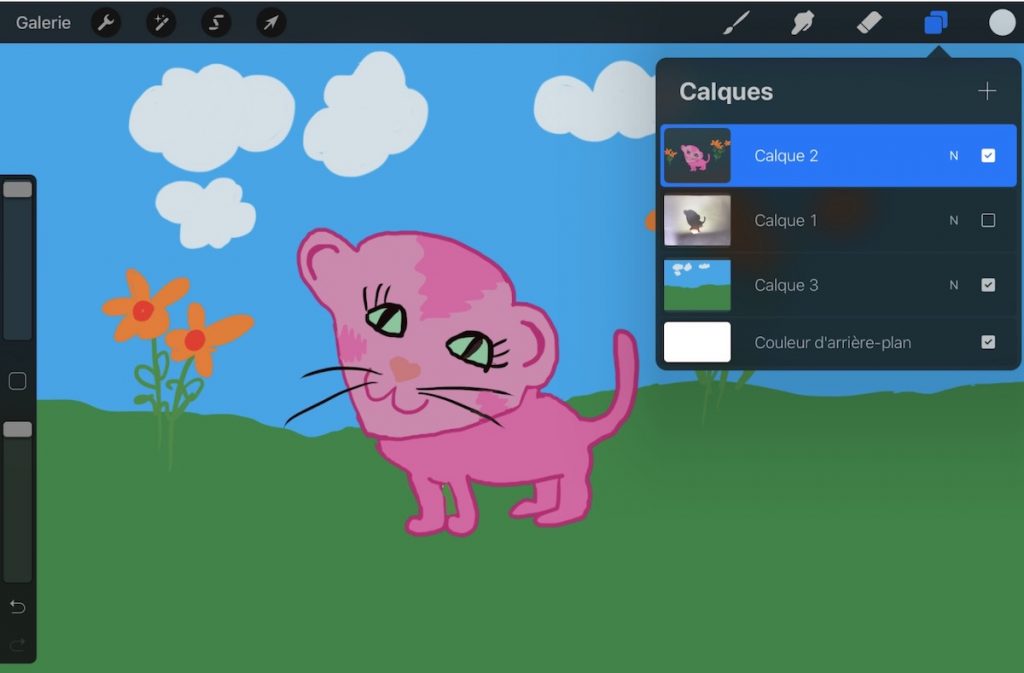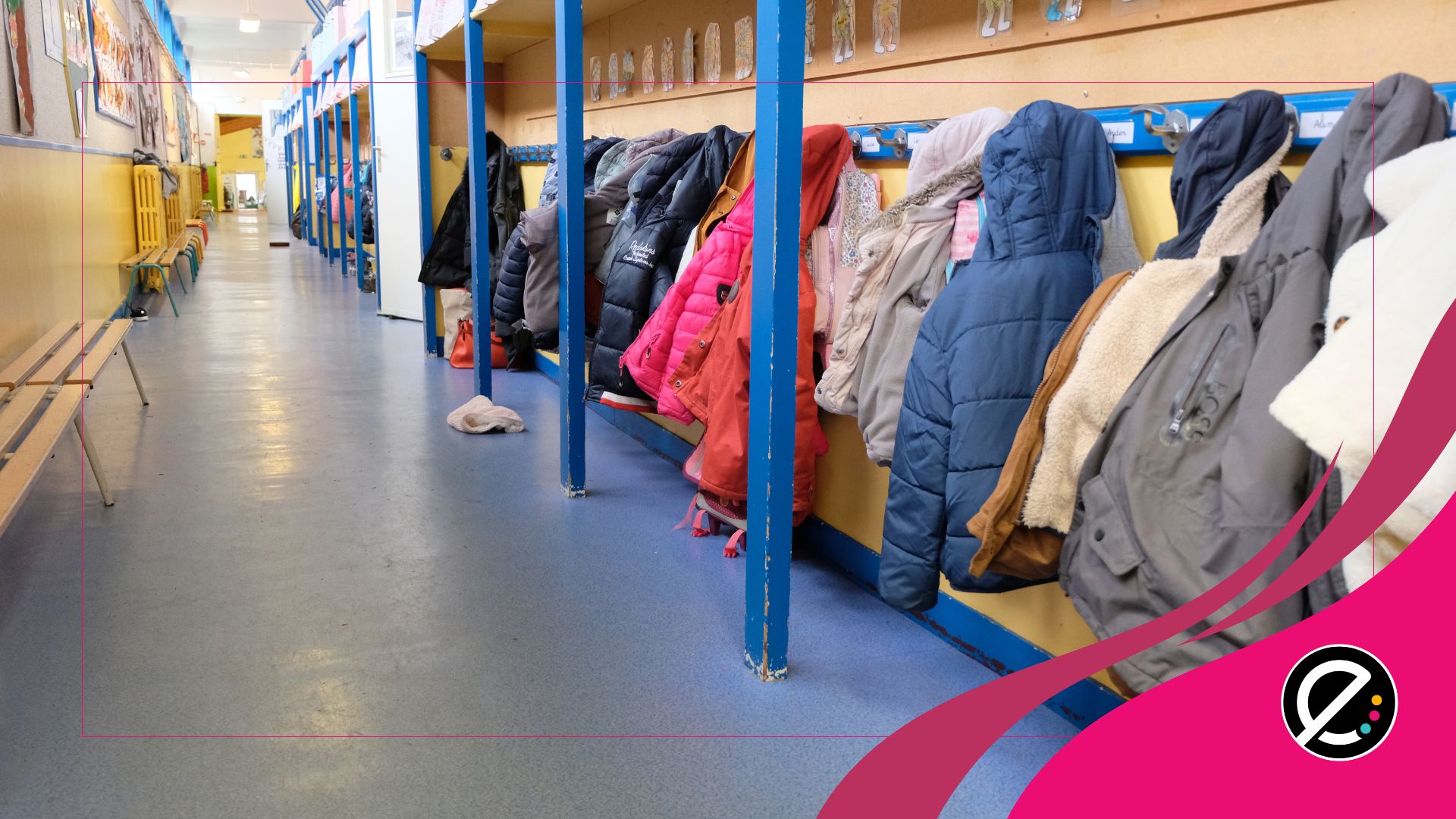Par un bel après-midi de printemps l’an dernier, j’ai eu envie de faire faire à mes élèves de 1er et 2e cycle du primaire une activité d’art plastique que j’avais vue sur Pinterest. Je ne me doutais pas du lot d’apprentissages qu’ils feraient cette journée-là. Quand on enseigne à l’extérieur, les surprises sont plus nombreuses qu’en classe. L’interaction avec les éléments de la nature offre plein de petites ou grandes occasions.
L’activité proposée consiste simplement à tracer l‘ombre créée par un objet. Nous nous sommes donc installés sur le terrain en face de l’école. Notre école est située sur une rue très achalandée de Montréal et les passants curieux pouvaient observer les enfants travailler.
Planche avec pince pour tenir la feuille, figurine d’un animal et crayon à la main, chaque enfant s’est installé sur le gazon. Un beau rayon de soleil permettait de jouer avec l’angle de la figurine pour créer des ombres différentes. Tout le monde était concentré sur son travail quand un petit nuage, peut-être un peu jaloux, est venu se placer juste devant le rayon si important pour l’activité. Première découverte : un ciel voilé ou ennuagé empêche les ombres au sol d’apparaître. Deuxième apprentissage : le vent dans le ciel pousse les nuages. Il faut être patient avant de retrouver le soleil!
Lorsque ce fameux nuage est passé, les enfants ont tout de suite fait une troisième découverte. Bien qu’ils n’avaient pas bougé leur figurine ni leur feuille, l’ombre avait changé de place. Pourquoi? Hé bien parce que la terre tourne! Alors, ne tardez pas à faire le contour de votre ombre, parce qu’elle change toujours.
Une quatrième découverte, d’un tout autre ordre, m’a bien fait sourire. C’est que les passants s’arrêtaient, s’intéressaient au travail des enfants et discutaient avec eux. Ils les encourageaient à continuer, riaient avec eux de leurs découvertes. Des enfants expliquaient les principes appris et d’autres montraient fièrement leur dessin. L’école est parfois si fermée à la communauté. Le fait de travailler près des gens apportait une toute autre interaction avec eux.
Vous comprendrez ici que le résultat esthétique des oeuvres des enfants n’était pas ce qui comptait. Mais l’expérience scientifique et sociale de cette activité toute simple a plu à tous.
Le numérique pour réaliser l’activité autrement
Ce projet vous tente, mais il est difficile de sortir dehors ou il ne fait pas beau? Voici un moyen pour y arriver quand même, en utilisant les technologies.
1- Il s’agit de positionner la figurine sur une feuille et de diriger une lampe de poche sur la figurine pour créer l’ombre qui semble offrir la meilleure image. Il est aussi possible d’utiliser la lumière directe du soleil par la fenêtre, par exemple.
2- Un camarade photographie l’ombre et on importe l’image dans une application ou un logiciel de dessin.
3- Pour l’activité, ici, nous avons utilisé l’application Procreate. Elle permet de dessiner sur des calques.
4- Nous avons tracé le contour de l’ombre sur un nouveau calque.
5- Nous avons ensuite supprimé le calque de l’ombre (la photo) et continué le dessin comme nous en avions envie.
Les avantages de faire cette activité dehors sont très intéressants. Outre le déplacement des nuages, la rotation de la Terre et l’interaction avec les passants, on peut utiliser les ombres créées par les éléments de la nature (comme un arbre ou une fleur), par son ami, par les véhicules ou les éléments architecturaux et les photographier puisqu’ils sont souvent impossibles à tracer sur une feuille. Alors, la prochaine fois que vous irez en randonnée avec vos élèves, apportez un appareil qui permet de prendre des photos : qui sait, vous ferez peut-être la découverte d’une ombre inspirante!






